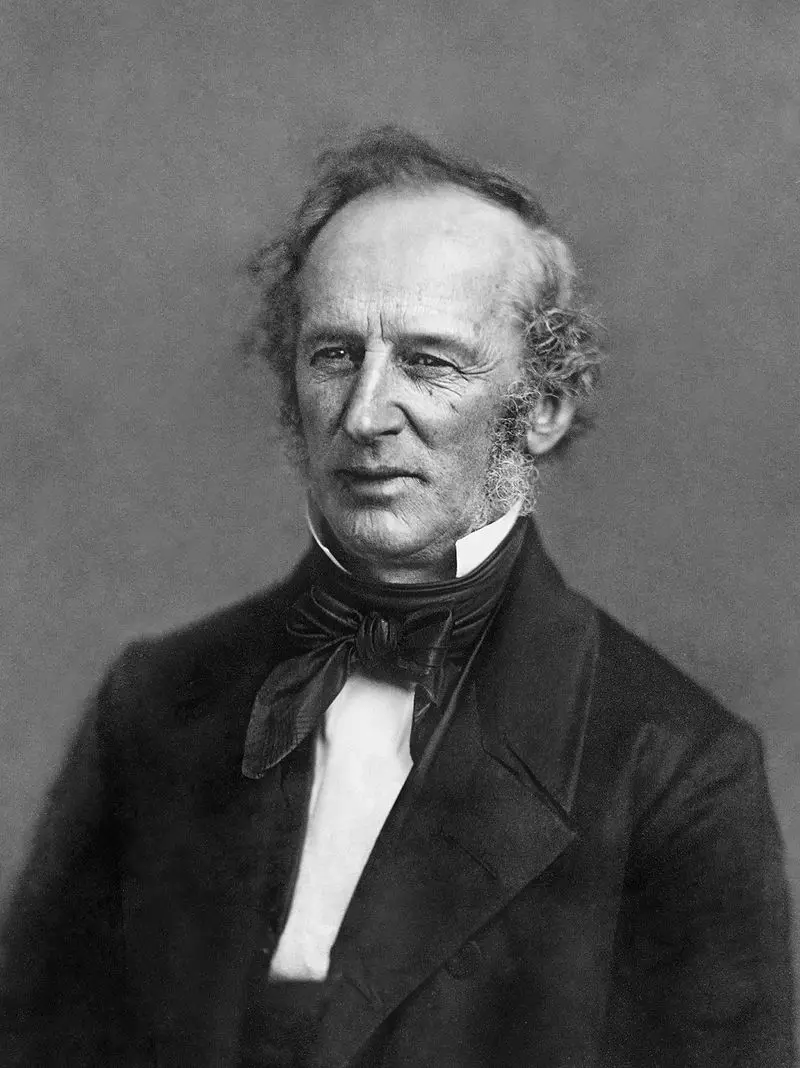Wealthy Tycoons
The shift from an agricultural to an industrial economy took over 100 years in the United States, but that extensive development entered its opening phase from the early 18th century. The Industrial Revolution initially started in Great Britain, but American colonies immediately caught up with the mother country because of the abundance of its lands.
Wealthy U.S. Tycoons
- Cornelius Vanderbilt established a company to transport goods and passengers from New Orleans and New York City to San Francisco via Nicaragua as well because of the significant demand for passage to the West Coast.

- Cornelius Vanderbilt became a millionaire following the establishment of the Accessory Transit Company. He quit running his business after his competitors agreed to pay him $40,000 per month to stop his operations.
- By the 1850s, Cornelius Vanderbilt started purchasing stocks in the Harlem and New York Railroad. Vanderbilt later acquired the New York Central Railroad and the Hudson River Railroad before consolidating them in 1869.
- Other than Vanderbilt, Jay Gould was also one of the well-known railroad executives and financiers in New York in this period. He once gained control of a Vanderbilt railroad company after issuing false stock and subsequently bribing New York regulators for sale approval.
- John D. Rockefeller, who died in 1937, spent the last days of his life, giving away much of his fortune to the Rockefeller Foundation and the University of Chicago.
- The breakup of Standard Oil resulted in the rise of ConocoPhillips, Chevron, ExxonMobil, and a wide range of B.P. U.S. operations.
- Another billionaire known for his industrial and economic contributions in this period was Andrew Carnegie, who founded the Carnegie Steel Company. Similar to Rockefeller, Carnegie also gave his fortune away to several non-profit and philanthropic organizations.
- Alexander Turney Stewart was one of the major uniform suppliers of the Union Army in the Civil War.
The transition of the United States (U.S.) from handmade to machine-made goods resulted in a new era of human experience where increased productivity established a more significant standard of living than had ever been known in the pre-industrial world. In U.S. history, this period is also known as the Gilded Age, wherein a rapid economic growth took place in Northern and Western U.S.
The quick expansion of industrialization in these places eventually led to significant salary growth of 60 percent between the period of 1860 to 1890 and spread throughout the evolving workforce. What is more, was that the economic growth also led to the prominence of several wealthy U.S. tycoons who had profitable businesses in the mid to late 18th century.
Perhaps one of wealthiest tycoons during this era was John D. Rockefeller who is also considered the first billionaire of America. Interestingly, Rockefeller’s $340 billion fortune still stands today as the largest the globe has ever witnessed.
Born in New York in 1839, Rockefeller gained significant recognition as the co-founder of Standard Oil which became one of the revolutionaries of the petroleum and energy industries. By 1880, his company controlled 90 percent of oil production in the country, helping him become the first U.S. billionaire.
Other than Rockefeller, this period also saw the rise of Alexander Turney Stewart to billionaire status running one of the largest retail and whole dry goods businesses in the country. After opening a small-dry goods store in 1823, Stewart established a considerable marble building for his retail and wholesale operations a few decades later.
Stewart also set standard prices on all products, which was an innovation during this period to avoid individual customers from haggling prices. In 1862, Stewart also opened the largest retail store in the world to not only house his businesses but also acquire controlling interests of mills that manufactured his cloth. Historians further added that he also invested significant amounts in New York real estate, which added significantly to his fortune.
Another U.S. tycoon who revolutionized industry and economics from 1850 to 1880 was Cornelius Vanderbilt. He built his wealth in shipping and developing railroads across the New York Harbor. Vanderbilt was known for his business tactic of undercutting the competition so massively that they would pay him to stay out of a particular market.
Who was the first U.S. billionaire?
John D. Rockefeller was the first U.S. billionaire.
Why did Cornelius Vanderbilt quit his operations?
Cornelius Vanderbilt quit his operations after his competitors paid him $40,000 per month.
Who was one of the major uniform suppliers of the Union Army during the Civil War?
Alexander Turney Stewart supplied uniforms to the Union Army in the Civil War.
When did Cornelius Vanderbilt consolidate the Hudson River Railroad and the New York City Railroad?
Vanderbilt consolidated the New York City Railroad and the Hudson River Railroad in 1869.
How did Alexander Turney Stewart stop individual customers from haggling over prices of goods?
Stewart stopped customers from haggling over prices of his products by setting standard rates.



